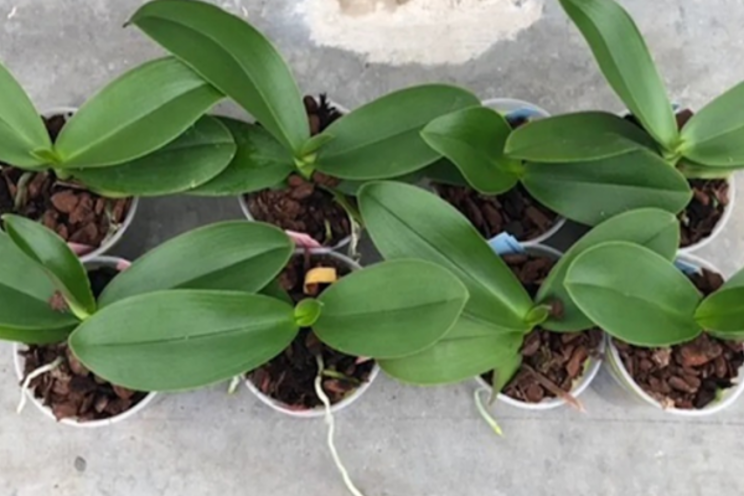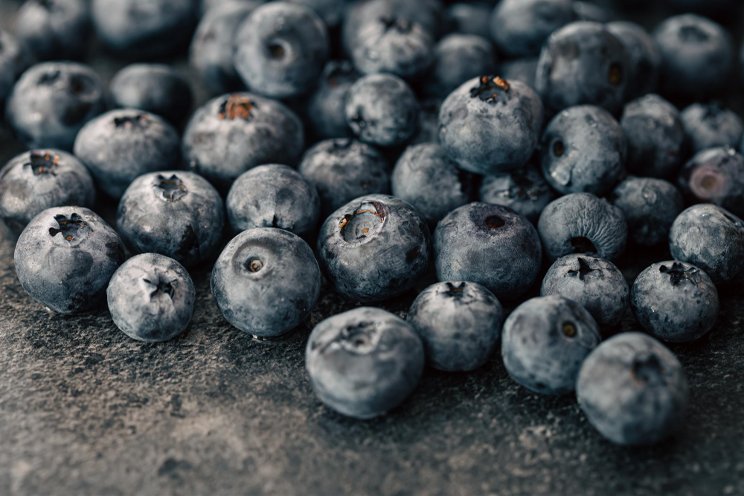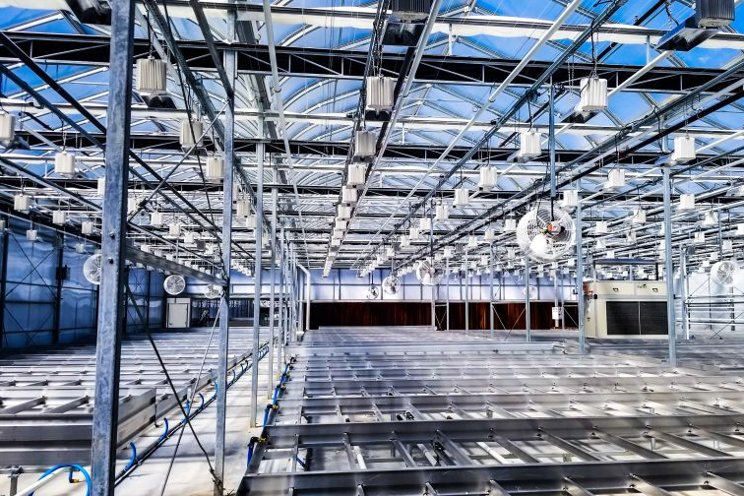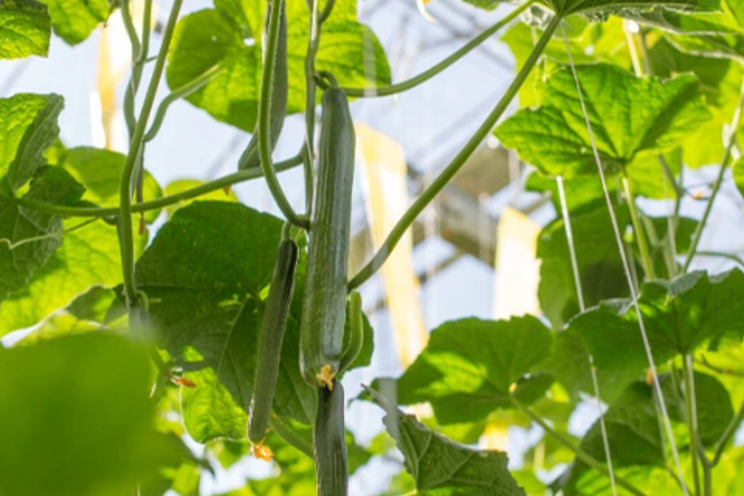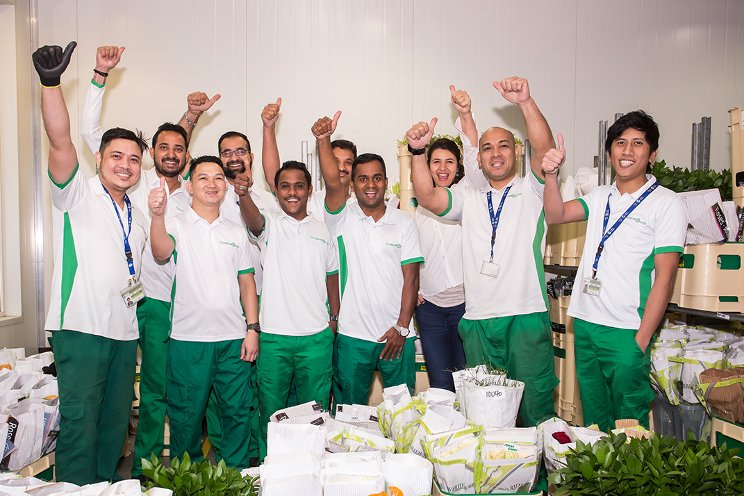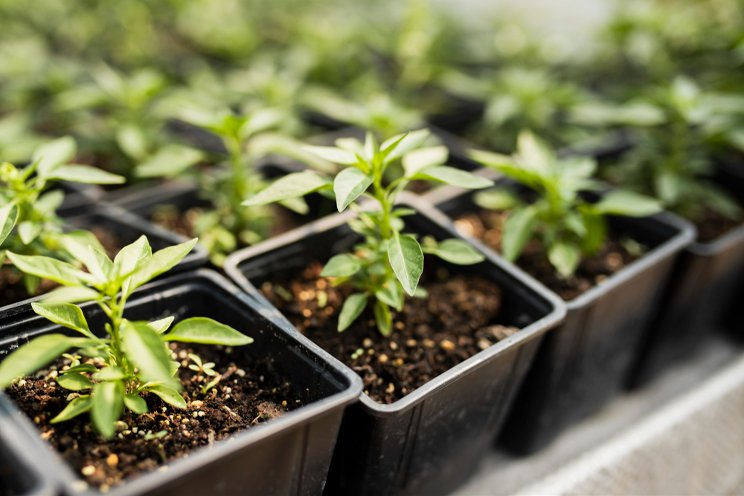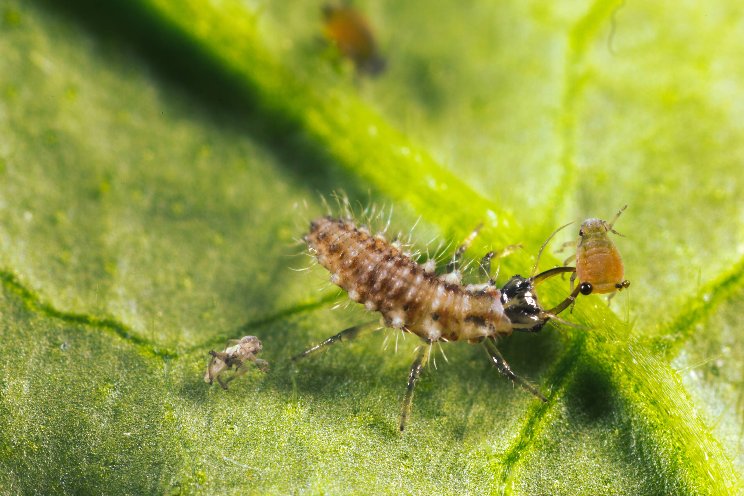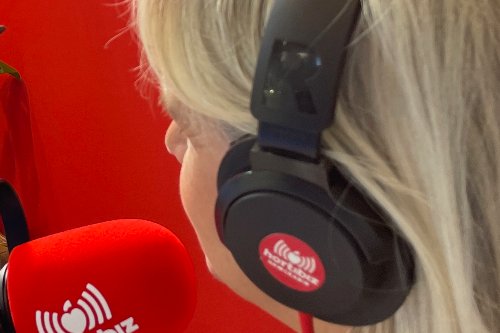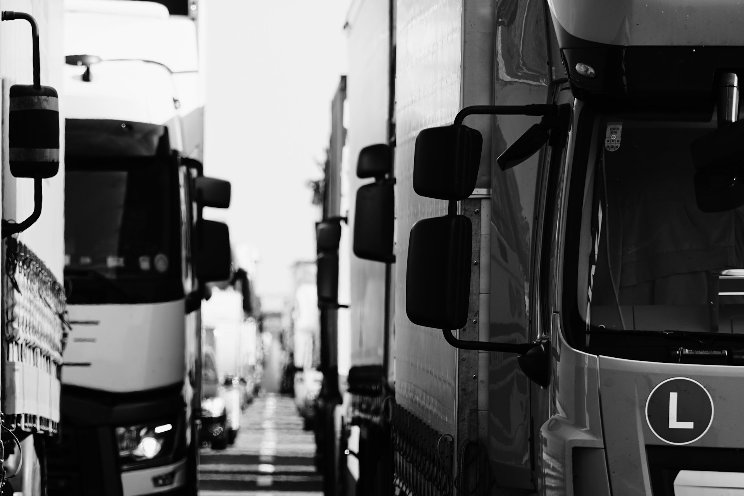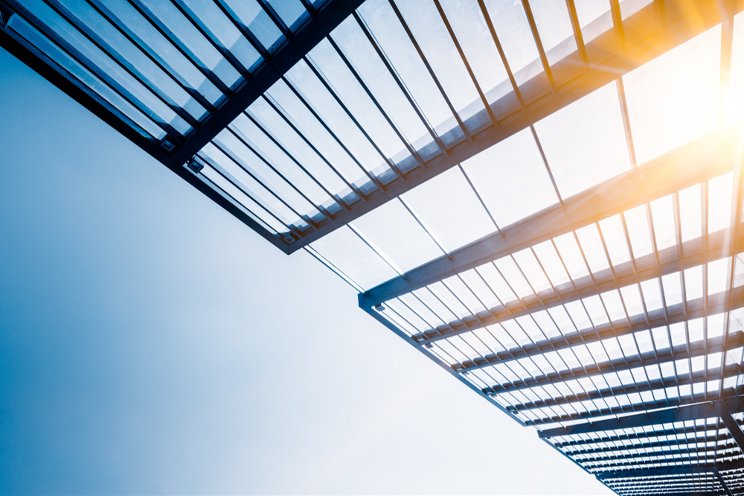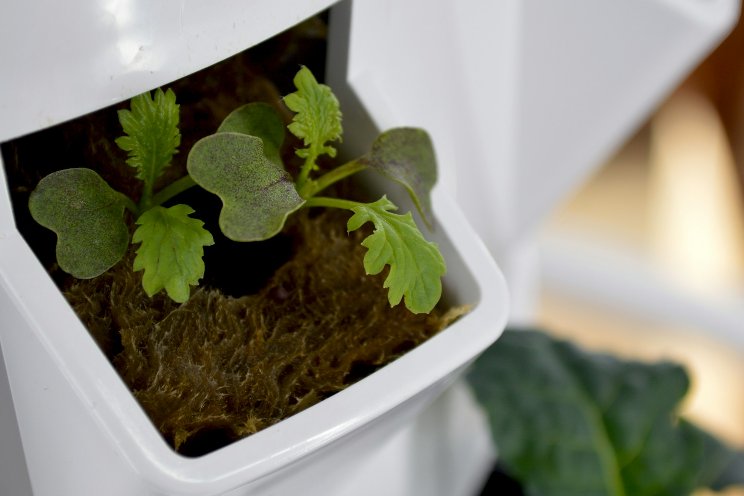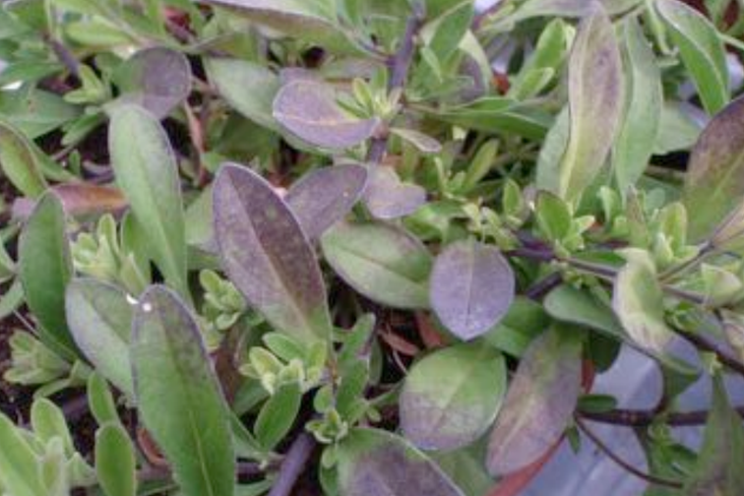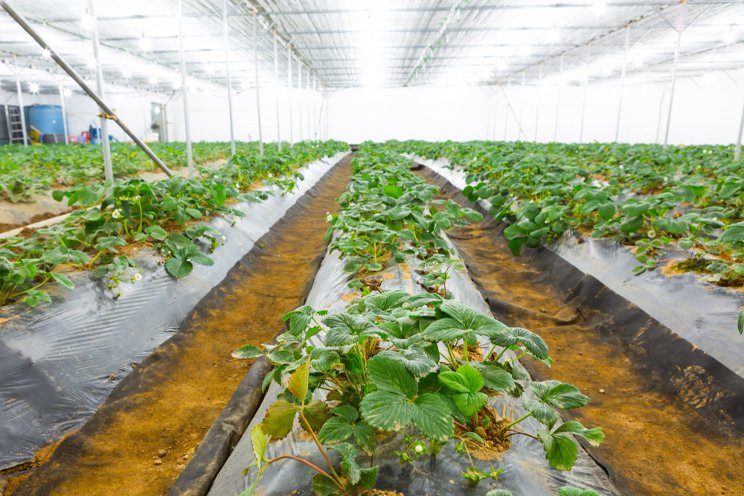How AI in your greenhouse will make you smarter?
Added on 07 November 2022
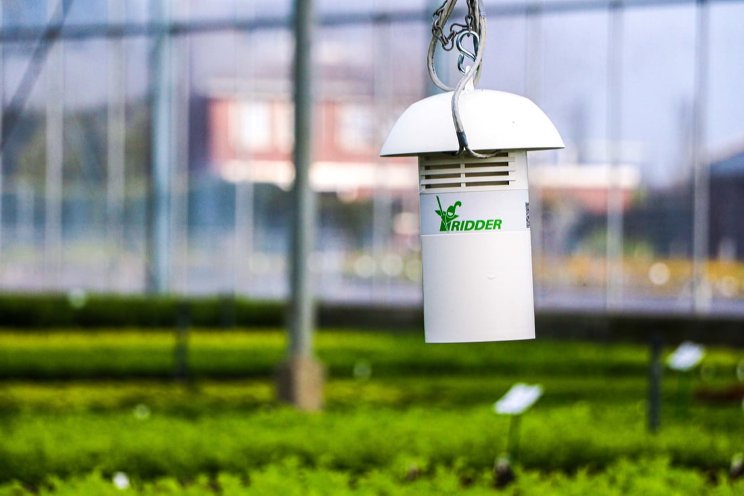
Though this may seem overwhelming for growers with decades of experience, there are many reasons to embrace AI as a tool to make growing smarter, more efficient and more accurate. This blog breaks down exactly what AI in the industry can do, and how growers can benefit from taking steps towards a smart, high-tech greenhouse today.
What is AI in the horticulture industry?
AI is an evolving and rapidly increasing technology development within the greenhouse growing industry. AI’s core purpose is to analyse massive amounts of data being captured and uploaded by sensors in the greenhouse and crop registration and using intelligent algorithms to understand how this data can be best applied to a grower’s growing strategy.
For example, AI can interpret data from sensors on the greenhouse and individual plants to understand how opening screens affects growing in the greenhouse, how light affects plants, and how humidity and temperature influence every other factor in the greenhouse. This data helps inform plant-based, data-driven decisions for growers.
What is the best set up for a weather station?
A weather station is a vital part of a greenhouse growers set up. How it is configured is an equally important part of the equation.
Growers cannot control the inside the inside climate without knowing what is happening outside the greenhouse. There is no one-size-fits-all set up that will work optimally for every greenhouse, because every greenhouse is different. However, it is true that the optimal weather station set up will include all the standard weather measurements set out above, as well as humidity controls. This is because humidity sensors can significantly increase the accuracy of the overall climate control.
Humidity is included as standard with Ridder weather stations, as it’s very important in influencing growing conditions. Having a barometric sensor to measure air pressure also increases the accuracy of the reading for humidity levels and CO2 levels. This is also something that is included with Ridder weather stations as an additional measure that enhances accuracy.
Photo Courtesy of Ridder
More news
